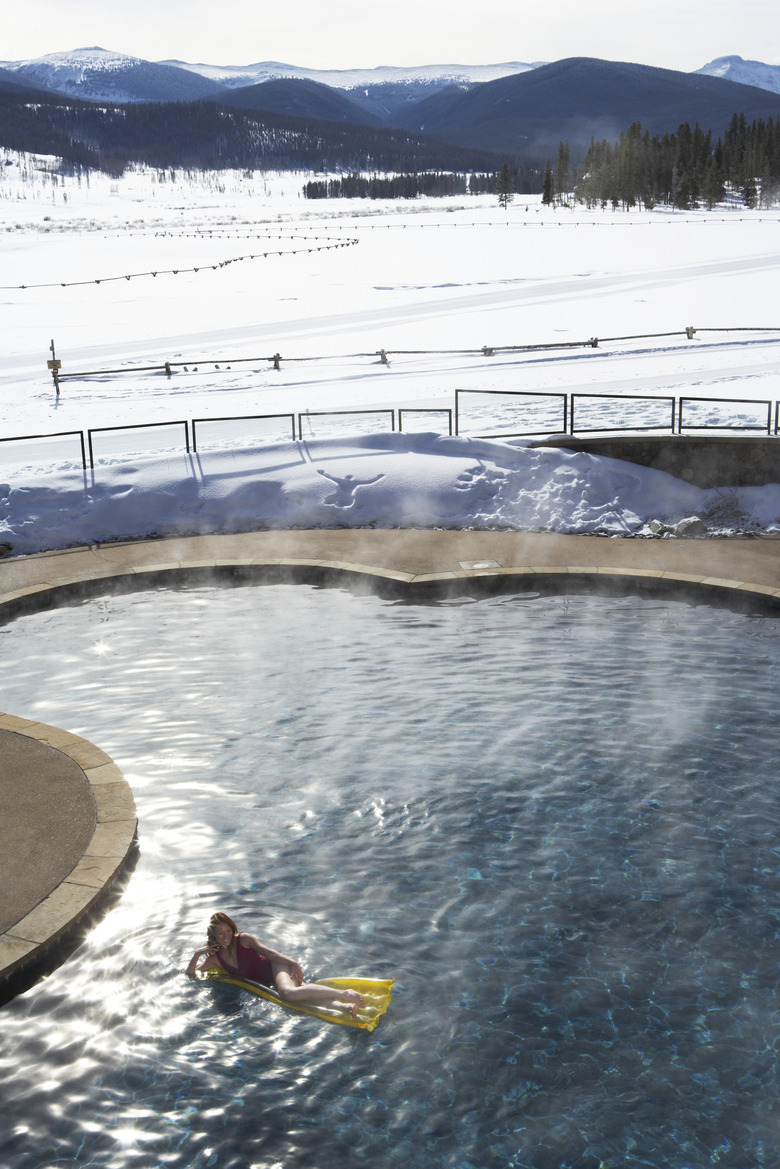The Purpose Of Ice Equalizer For Pools
Putting a pillow in your swimming pool sounds a bit silly, but doing so just might keep your pool from becoming misshapen or broken during cold-winter months. A pillow can help your pool's winter cover last longer, as well. Floating a pool pillow, also called an ice equalizer or ice compensator, in your above-ground pool keeps pressure from expanding winter ice from crushing your pool walls, and its positioning lessens the stress on your winter cover.
Definition
Ice equalizers, ice compensators or pool pillows are large air-filled bags that float on the surface of your swimming pool during the winter. They come in a variety of sizes and shapes.
Where They're Used
Pool pillows are mainly used with above-ground pools that remain filled with water during the colder winter months. They are most important in areas where the temperature drops low enough to freeze the water in the pool.
- Putting a pillow in your swimming pool sounds a bit silly, but doing so just might keep your pool from becoming misshapen or broken during cold-winter months.
- Ice equalizers, ice compensators or pool pillows are large air-filled bags that float on the surface of your swimming pool during the winter.
How They're Used
When a pool owner closes down the pool for the winter, an ice equalizer pillow is filled about two-thirds full with air from the exhaust of a vacuum cleaner. The pillow is centered in the pool under the winter cover and secured to the sides of the pool with a rope.
Why They're Used
Floating the pillow in the middle of the pool allows the pillow to collapse as ice expands in the pool rather than expanding against the pool walls. This lessens the chance of creased or misshapen pool walls. If there is a deep freeze, the pillow will break before the pool walls do. The floating pillow also keeps the winter cover from sinking into the swimming pool as rain water and leaves collect on the top, ensuring less stress on the cover fabric.
